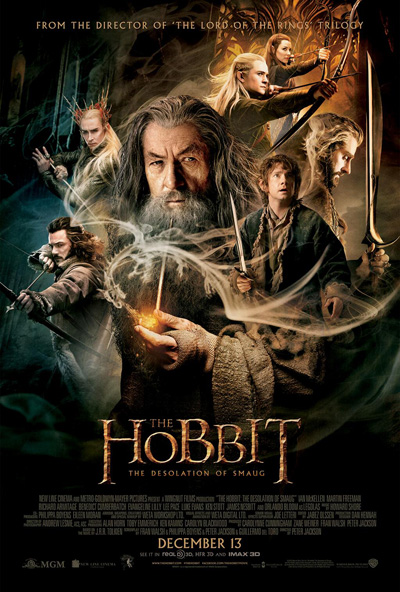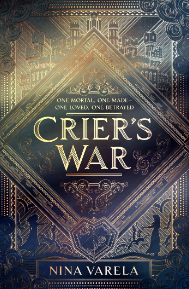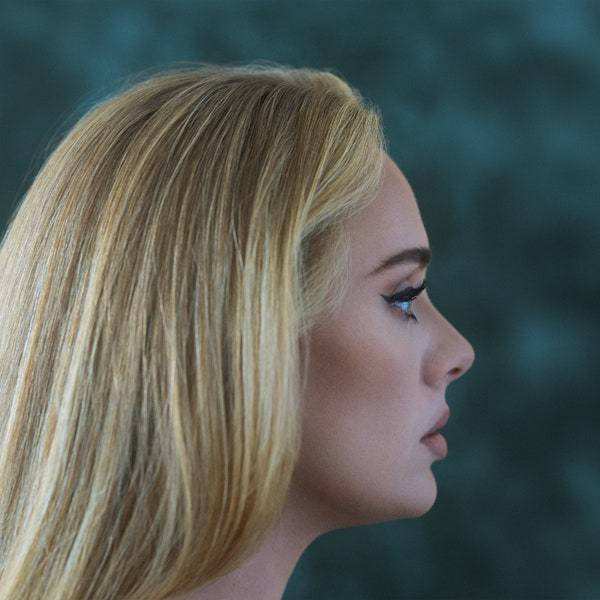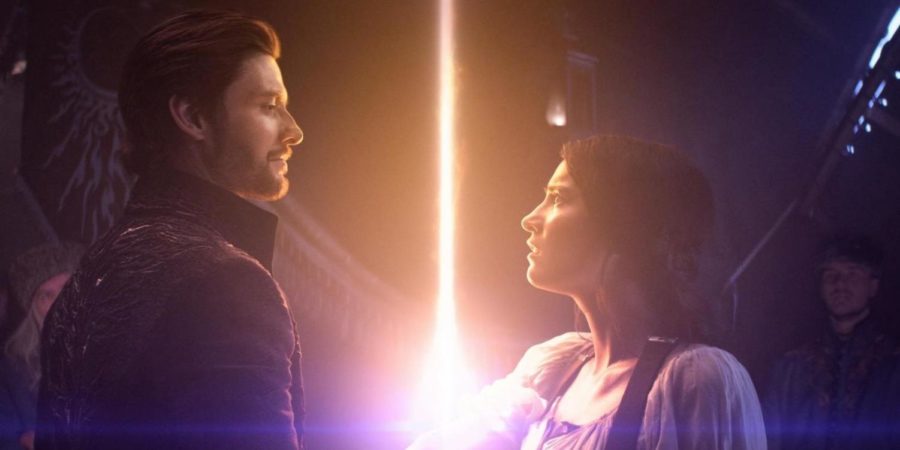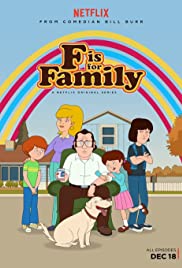 People of all ages bubbled with excitement as they filled the theater, anxiously awaiting the long-anticipated start of the second installment of The Hobbit series, The Hobbit: The Desolation of Smaug.
People of all ages bubbled with excitement as they filled the theater, anxiously awaiting the long-anticipated start of the second installment of The Hobbit series, The Hobbit: The Desolation of Smaug.
The film chronicles the adventures of Bilbo Baggins, played by Martin Freeman, Gandalf, played by Ian McKellen, and the company of 13 dwarves, led by Thorin Oakenshield, played by Richard Armitage, after their narrow escape from Azog the Defiler at the end of the first movie.
From the moment the movie starts, it is non-stop monster-fighting, orc-fleeing and spider-slaying action, with the occasional break in the excitement to develop a budding love interest between two unlikely companions. A satisfyingly relatable humor is supplied by the dwarves as they stumble and joke their way across Middle Earth.
The Desolation of Smaug does not pick up where the first movie left off, but starts a year prior to the events of both movies, providing backstory to the meeting Gandalf and Thorin, which sets the audience up for the quest they are currently on.
Throughout the party’s adventures through Mirkwood, the Woodland Realm of the elves, Laketown and finally Erebor, they run into traps, unlikely and monstrous foes in which they must learn the limits of their own strength, courage and cunning.
The music playing almost constantly in every scene sets each mood perfectly, as it goes from light-hearted to dark and ominous, accenting the emotions of the characters and even hinting at events to come. Composer Howard Shore held the audience rapt in intense chase and battle scenes with music that resonated sharply through the chest of the audience with shrill brass and deep bass, then brought the audience back to the Shire with soft, lilting flute melodies recognizable from The Lord of The Rings, reminding the audience during dark scenes of the good still in the world.
In contrast to The Lord of The Rings, The Hobbit: The Desolation of Smaug is more vibrantly colored; everything about the visual images has more life in them. From the rich greens of the forests to bright reds, yellows and blues in cities and clothing, The Hobbit was given a brighter look than its chronological predecessor, which emphasizes the fact that author John Ronald Reuel (J.R.R.) Tolkien’s The Hobbit was originally a children’s tale, and is set in lighter times than The Lord of the Rings, which in comparison is very dark visually, representing the darkness of the time the story is set in.
The strength and uniqueness of the actors and their characters is unmatched. Freeman does a stupendous job portraying a slightly awkward hobbit that is discovering his own capacities to be a hero by being forced into the most challenging predicaments. Though many of the actors and actresses have been seen in other films prior, each one creates a very individual personality for their roles, creating a believable character that has not been seen before. Ian McKellen, though well known for his role as Magneto in the X-Men films, creates an entirely new person for Gandalf with unique characteristics, voices, mannerisms and a more powerful presence.
Combined with expert costumes and prosthetics, each actor’s gimmicks and characteristics created the perfect cast. Special effects, animations and computer generated images and monsters felt extremely realistic. The audience could almost feel the heat of Smaug’s fire and were just as awed as Bilbo by the mountains of gold in Erebor.
Viewers could laugh, cry, gasp and fall in love with each character as they pursue their quest, but the full viewing experience would not be complete without having first seen the other movie in the series and The Lord of The Rings series. Many parallels are drawn between the movies, especially in dominant themes. Both series share the line, “But you’re a part of this world,” delivered in each series, emphasizing the idea that one must fight for the greater good of Middle Earth because the evil they fight affects them all.
While the central quest of reclaiming the mountain of Erebor is pursued, Gandalf’s adventures after leaving the party create suspense through its ambiguity as he attempts to identify a greater evil that is beginning to threaten Middle Earth. Questions are then answered that were raised in The Lord of The Rings about who Sauron is and how he came to power.
The superb acting, music and effects of The Desolation of Smaug met the high standards set by its preceding films, and raised the bar to a new level with its life-like dragons, beasts, and orcs that were up-close and more detailed than before.
Cries of anguish echoed throughout the theater as the terribly unsatisfying ending left the audience as well as Laketown in grave suspense that will last another year until the third installment is released. Viewers paid high prices for entire seats that they only used the edge of throughout the whole film, which is worth seeing a second or even third time.
